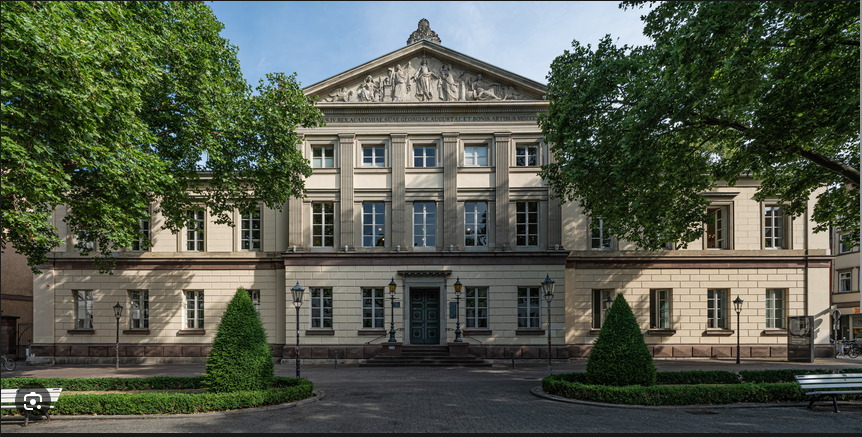Speaker
Description
Introduction
Public procurement and distribution of food play an important role in determining what is produced and consumed the world over. This is particularly true for countries where governments play a major role in the procurement of certain food items. A case in point is India where, in 2021-22, the government procured 44 percent of rice and 41 percent of wheat production. A large part of this food grain was distributed to over 60 percent of India’s population through various food-based safety net programs. This scale of public procurement of food grain, at guaranteed prices announced before the farming season, plays a pivotal role in determining what farmers choose to grow.
In this study, we focus on the food-related impacts of food-based safety nets on the economy and environment. We do this to highlight the ‘hidden’ costs associated with the food system. The price we pay for food does not reflect its ‘true’ cost as it fails to account for negative externalities resulting from the production and consumption of food, such as scarce water use and greenhouse (GHG) gas emissions. We estimate the true cost of distributing rice, wheat, and millets through India’s food program and propose ways to reduce the true cost of this program.
Objective
Our study aims to identify, quantify, and monetize hidden costs (or negative externalities) associated with public procurement and distribution of food through food-based safety nets. We specifically examine food-based safety nets as governments have direct control over what is procured and distributed through these programs.
We focus on the Public Distribution System (PDS), India’s highly subsidized food program that provides five kilograms of food grain (a combination of rice and wheat) to over 800 million individuals every month. While the PDS plays a critical role in ensuring food security, there is scope for making it more sustainable by replacing part of the current PDS food basket with millets.
Millets have two major benefits over rice and wheat: first, they are more nutritious due to their higher content of iron, dietary fiber, and calcium (food system – nutrition interaction); and second, they are often described as ‘climate-smart’ crops because of their low requirement of inputs such as water and fertilizer (food system – environment interaction).
The major millets grown in India are pearl millet (Barja), sorghum (Jowar), and finger millet (Ragi). Traditionally, they were an important part of the Indian diet. However, over the past five decades, they have been replaced by rice and wheat due to the advent of the Green Revolution in India in the 1960s. Including millets in the PDS can also help improve the livelihoods of millet farmers in western and central India who have not benefited from the public procurement system as it predominantly focuses on rice and wheat farmers in northwest and eastern India.
Method
We use True Cost Accounting (TCA) to estimate the food-related impacts associated with the PDS. Most TCA frameworks focus on four areas: economy, environment, health, and social impacts. In our study, we focus on economy- and environment-related impacts. We identify, quantify, and monetize four metrics associated with these focus areas: power and fertilizer subsidies for the former, and scarce water use and GHG emissions for the latter.
A major challenge in estimating the true cost for our study was attributing costs to each crop and state. We estimate the power and fertilizer subsidies using data from government sources. For scarce water use and GHG emissions, we use estimates from existing studies.
Findings
We estimate that the true cost of the PDS is €34 billion – this is more than twice the financial cost of the PDS. A large part of the ‘hidden’ costs associated with the PDS are due to the cost of scarce water use. We further divide these costs by state and find that two states incur most of the costs associated with all four of our metrics. Finally, we estimate crop-wise true costs and find that rice and wheat are 2 and 1.6 times more costly than millets.
We use our crop-wise true cost estimates to calculate the savings from replacing 1 kg of rice with 1 kg of millets, in the monthly PDS allocation of 5 kg, for a quarter of PDS beneficiaries (~200 million). Doing so reduces the financial cost of the PDS by €215.2 million (or 1.3 percent of the financial cost of the PDS) and results in true cost savings of €1.1 billion (or 3.3 percent of the true cost of the PDS).
Conclusion
Our findings suggest that replacing rice (or wheat) with millets can help reduce the water and carbon footprint of the PDS, while also resulting in lower fertilizer and power use. However, these savings rely on the assumption that PDS beneficiaries will replace 1 kg of rice (or wheat) from their diets.
These findings need to be viewed in the context of the political economy around public procurement in India. Intensive rice and wheat production in northwest India have been identified as major sources of GHG emissions and scarce water use, respectively. However, given the high yields, guaranteed prices, and highly subsidized inputs, it is unlikely that farmers will diversify to other crops. Replacing part of the PDS allocation with millets can help promote the consumption of millet and further decentralize the procurement of food grain by shifting it away from the northwestern states to the millet-growing western and central parts of India.

